BYD will launch the lithium iron phosphate (LFP) Blade battery 2.0 in the second half of the year, which will support the 6C charge rate, according to local media. CATL plans to launch Qilin Battery 2.0, which also has LFP chemistry, with 6C fast charging by the end of the year.
CATL only launched batteries with 5C charging a few months ago. On February 27, 2024, Zeekr 001 hit the market in China with the CATL’s new Shenxing battery, which supports 5C charging. New Zeekr 001 can be charged from 10 to 80% in 11.5 minutes, adding a 472 km range based on CLTC.
Shenxing is also an LFP battery, and later in April, CATL introduced Shenxing Plus with 205 Wh/kg energy density, enabling EVs range 1000 km. Interestingly, Shenxing Plus only charges 4C.
On March 1, Li Auto launched its first BEV, Li Mega. The futuristic MPV featured a Qilin Battery with 5C charging and can reach a 500 km range in 12 minutes.
BYD, however, seems quite behind as none of its models support charging above 4C. However, the Shenzhen-based company is already well-equipped technologically, with BYD typically ensuring its technology is production-ready before making any announcements, according to a 36k report.
6C charging explained
C refers to the battery charging multiplier and 6C means “six times the capacity.” For example, if you have a 1000 mAh battery, you can charge it with a 6000 mA current.
If we oversimplify, the charge rate tells us how many times the battery can be fully charged in one hour. In the case of the 6C charge rate, it is six times. So, in theory, you can charge the entire battery in 10 minutes with a 6C charge rate.
Analogically, a 5C battery can be fully charged five times in one hour, so having a full battery would take 12 minutes.
Infrastructure
The charging speed needs to be complemented by sufficient charging infrastructure. Huawei launched its 600 kW ultrafast EV charger in February, and Li Auto plans to plant 5000 supercharging stations supporting 5C by 2025.
However, the Chinese common reality is charging piles with a power of 120 kW. To achieve a 4C or 5C charging multiplier, the power needs to be at least 360 kW.
A 4C supercharging connector can reach a maximum power of 480 kW and a maximum current of 615 A. However, such high-powered charging stations are quite rare, and those capable of supporting a 5C multiplier are even scarcer, 36kr concludes.
As a result, even if a user purchases a vehicle that supports 4C or 5C charging, finding suitable charging facilities to fully utilize these capabilities remains a challenge.

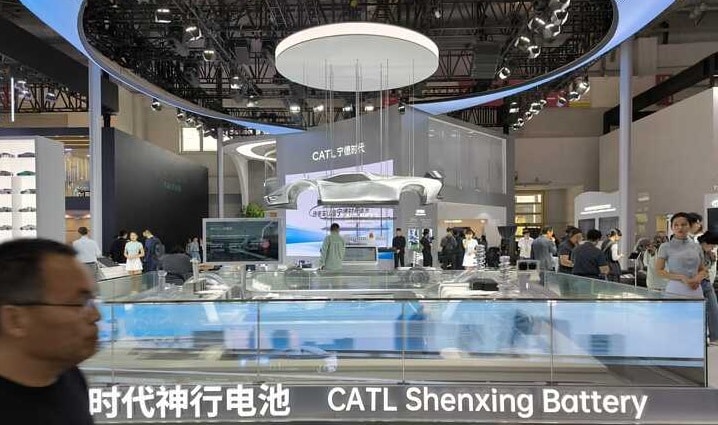
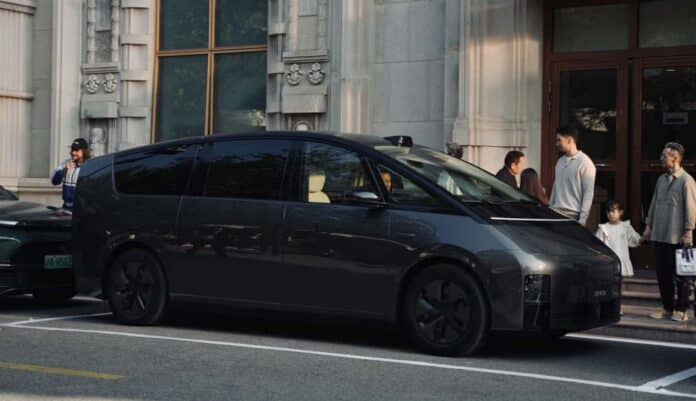
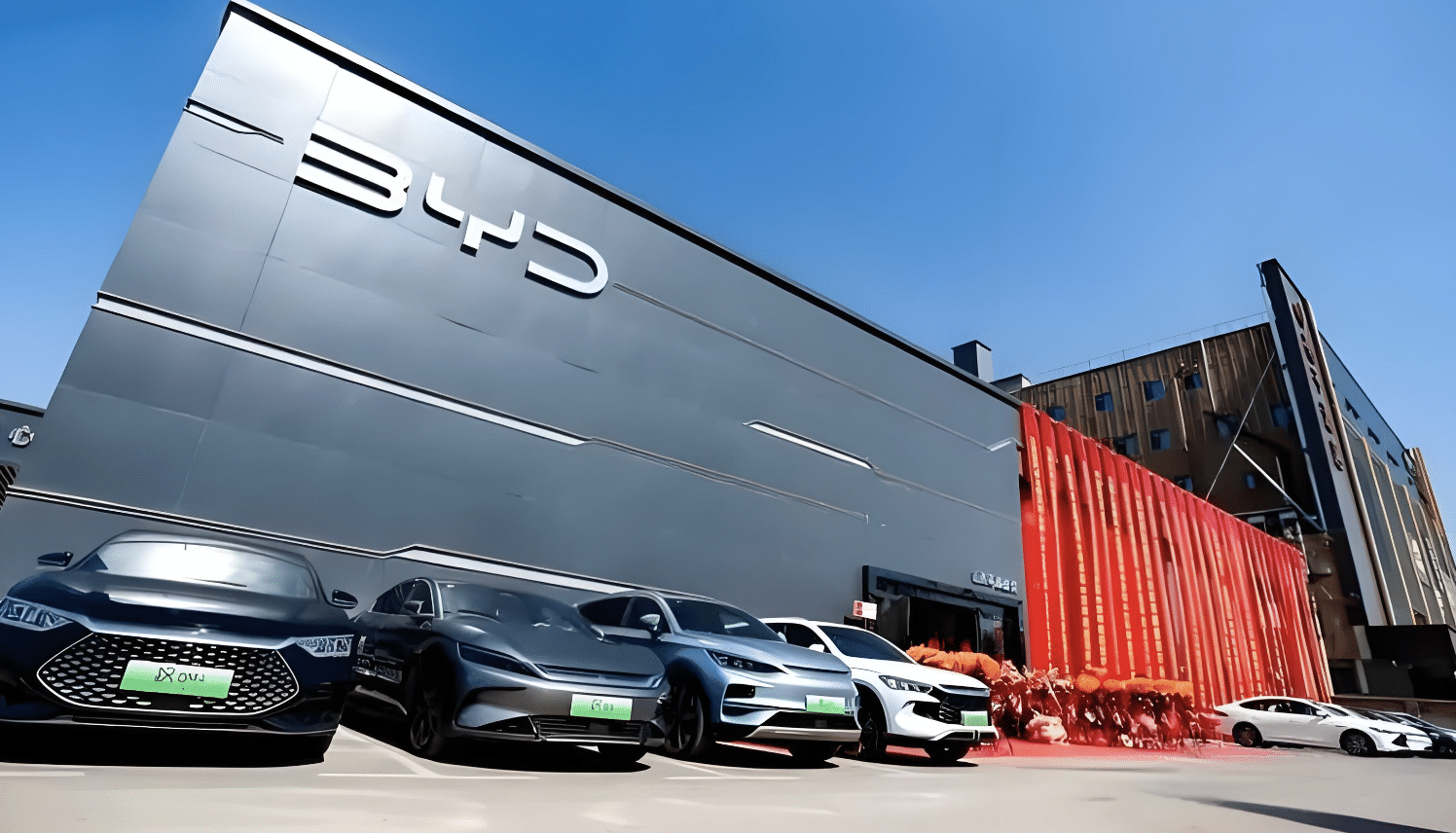
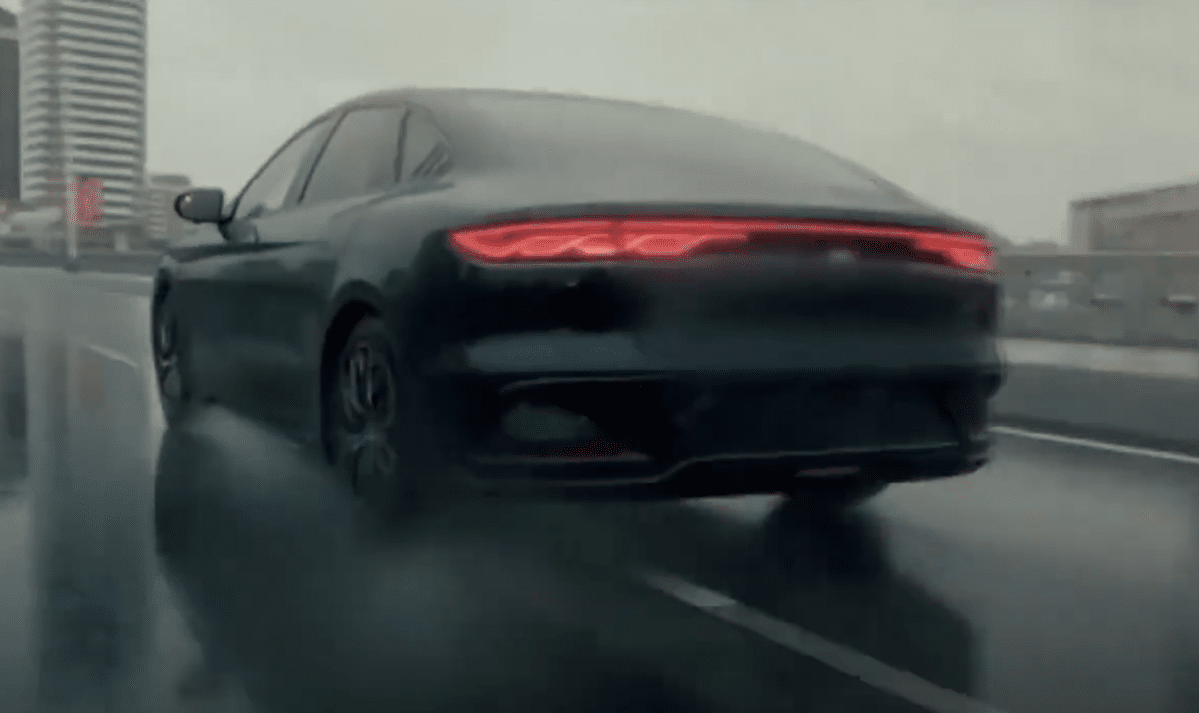
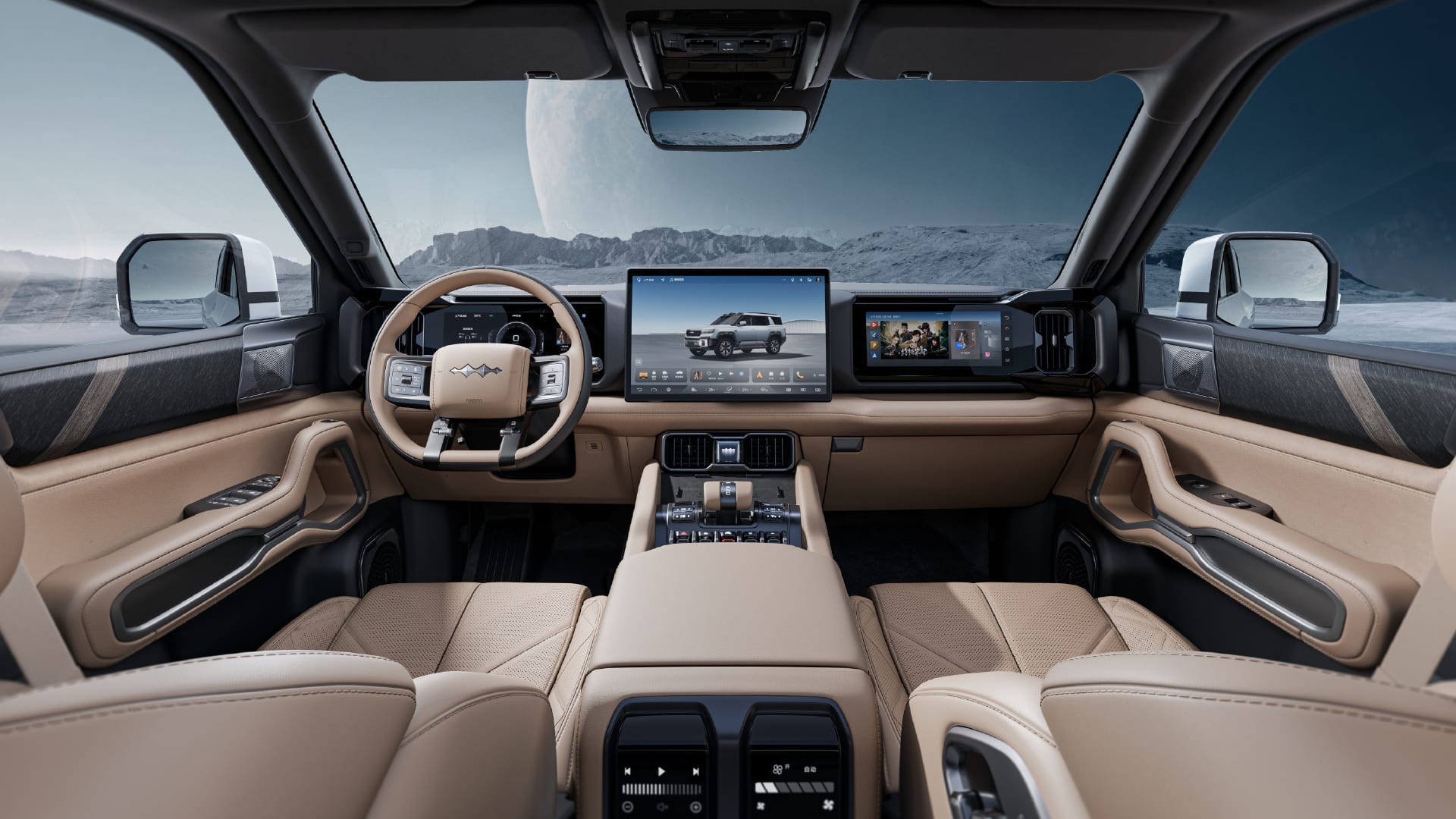
When could the BYD Atto 3 come out with these new batteries?